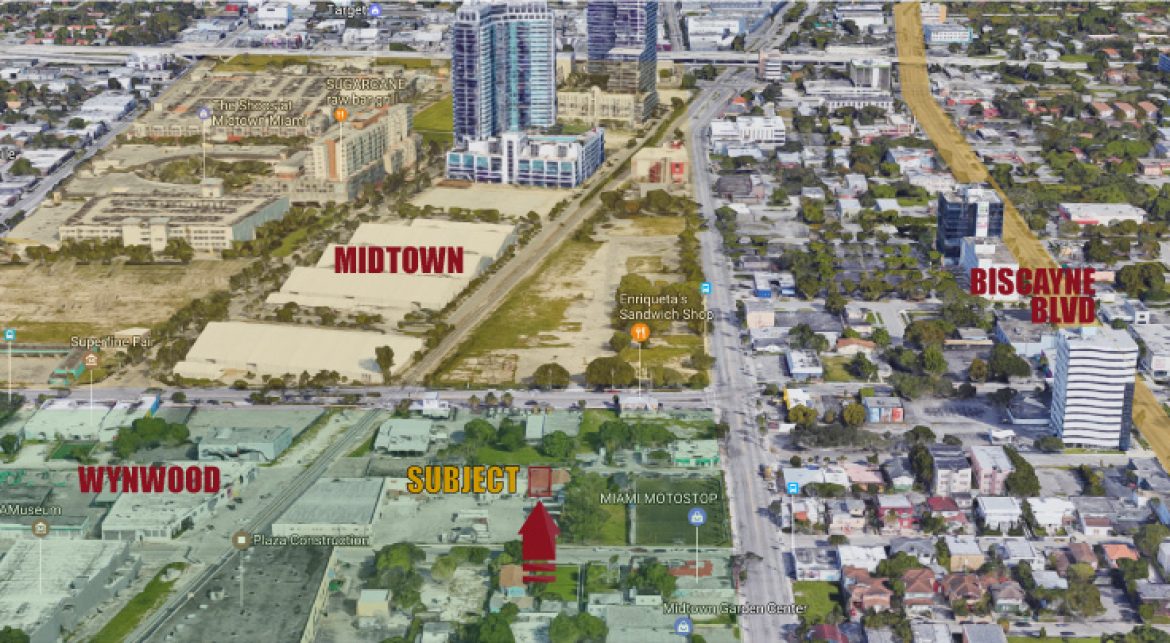Once a place that emptied at 5 p.m., Downtown Miami is in the midst of a dramatic transformation. Overlooked no longer, the city’s central business district is getting denser, growing taller and attracting new attention.
The area has been poised for a breakout since the Great Recession, and its moment finally seemed to arrive during the pandemic. Out-of-state companies, most notably Blackstone Group, are opening offices downtown. And a widely noted study said Miami’s urban core has experienced the largest downtown population surge in the nation over the past two decades.
As Miami gains momentum, developers are making big bets on the city’s appeal to both employers and their employees.
“It’s like a snowball effect,” said Nitin Motwani, a developer of Miami Worldcenter. “Downtown Miami, over the past 10 years, has completely evolved into one of the great, 24-hour metropolises in the world.”
Motwani is part of a particularly ambitious project: Miami Worldcenter, a $4 billion mixed-use development, includes apartments, retail space, condos, hotels and offices spread across 10 blocks of downtown parcels.
Just south of downtown, OKO Group and Cain International are building 830 Brickell, a 640,000-square-foot tower that will test office tenants’ appetite for Manhattan-style rental rates. And the 13-story Nikola Tesla Innovation Hub, with 136,000 square feet of office space, is set to begin welcoming tenants next year.
“It feels like we’re on the precipice of something big,” said developer Ryan Shear, managing partner of Property Markets Group (PMG). “Downtown has so much potential, an untapped amount of it.”
PMG is developing the Waldorf Astoria condo and hotel project, which will be the highest tower south of New York, Shear said. PMG also expects to break ground this year on E11EVEN Hotel & Residences, a 400-unit condo project. The units are priced at $250,000 to $12 million.
The E11EVEN project quickly sold more than 70 percent of its units, reflecting what Shear sees as Downtown Miami’s move into the top tier of urban cores.
“Miami, for a long time, has been an undervalued city,” he said. “Miami has a lot of catching up to do.”
The flurry of investment offers a sharp contrast to downtown’s former vibe. For years, downtown boosters touted a vision of a thriving, round-the-clock urban core. And, for years, the city’s central business district remained a place that filled up at 9 a.m. but couldn’t sustain a nightlife.
Downtown workers who liked an urban vibe commuted from Miami Beach or Coral Gables. The rest of the labor force put up with gridlocked commutes from Kendall or Weston.
“Until 10 or 15 years ago, Miami was a city that existed in spite of its downtown,” said Andrew Trench, a managing director at Cushman & Wakefield. “Downtown had office space, and the Miami Heat played downtown, and that was kind of it.”
Source: Commercial Observer


